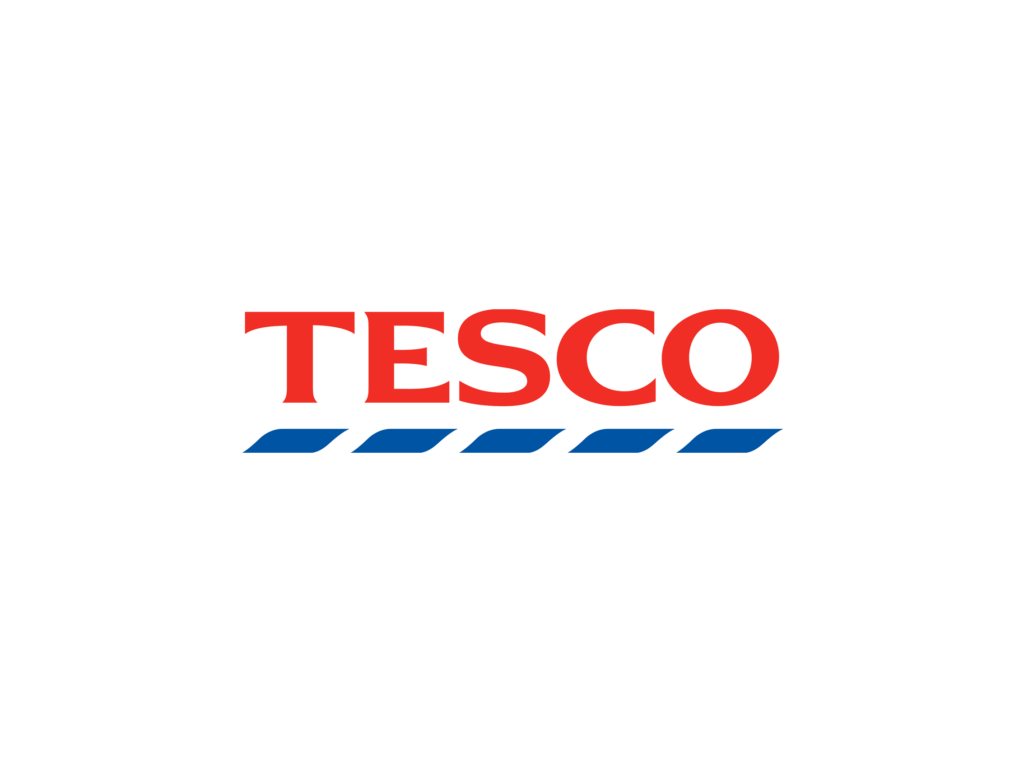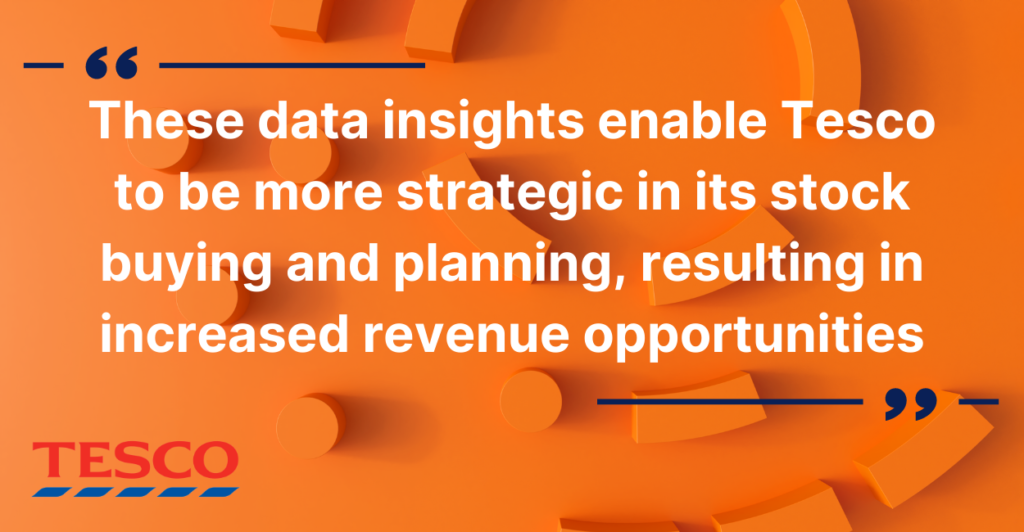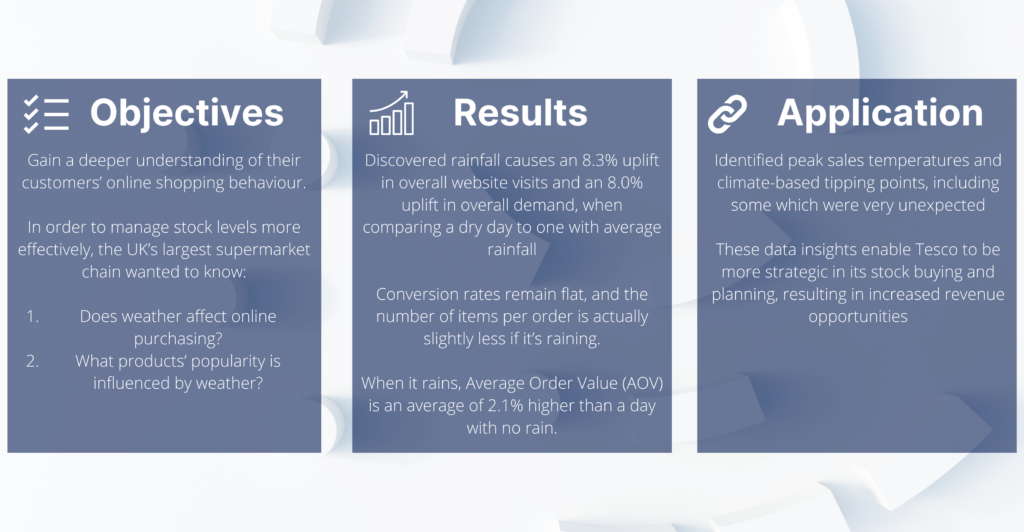
Tesco: Using Data Analysis to Make Better Business Decisions



Data insights are playing an ever-increasing role in helping companies to understand their customers and make more informed business decisions.
The opportunities are boundless: better store location planning; a more effective, more personalised consumer experience; improved recruitment programmes; and enhanced footfall management are just some of the ways data analytics drive business growth.
When Tesco asked us to help them gain a deeper understanding of their customers’ online shopping behaviour, we were delighted to be able to use our expertise to deliver results-focused, usable insights. In order to manage stock levels more effectively, the UK’s largest supermarket chain wanted to know:
- Does weather (sun, rain, and temperature) affect online purchasing?
- What products’ popularity is influenced by weather?
In a nation renowned for its rainy days and temperamental weather, both are excellent questions. So, Station10’s multi-skilled project team got to work integrating weather data with Tesco’s customer behaviour data, including analysis at a regional level.

How We Helped: Results
Firstly, we needed to take seasonality out of the data to ensure that the results weren’t skewed by additional factors, for example, the impact of Christmas shopping.
However, even when factoring out seasonality, our initial results were not conclusive. There was extra website traffic on rainy days, which you might expect, but the increase in order metrics was only slightly positive and not statistically reliable. We needed to dive deeper into the data to retrieve more useful information.
So, we did, and this is what we discovered:
- When it rains, it is not only website visits that increase. There is also increased demand, with consumers spending more time on the Tesco website, conducting more searches and adding more filters to their searches.
- Rainfall causes an 8.3% uplift in overall website visits and an 8.0% uplift in overall demand, when comparing a dry day to one with average rainfall.
- However, additional traffic is not converting to additional purchases. Conversion rates remain flat, and the number of items per order is actually slightly less if it’s raining.
- When it rains, Average Order Value (AOV) is an average of 2.1% higher than a day with no rain. Given there has typically not been an increase in the number of items per order, this means that customers shopping online on rainy days tend to buy more expensive products.
This is borne out by analysis of the type of products bought. When the weather is less pleasant, people are understandably more likely to buy items that can be used indoors, such as electrical goods and new technology, which tend to be higher value purchases.
Male consumers in particular are likely to spend more on electrical, media and entertainment products when it is raining.

More Results & Business Value
We identified peak sales temperatures and climate-based tipping points for a variety of Tesco product categories, including some which were very unexpected.
We also identified that the temperature threshold for increased sales of ‘warm weather’ product lines decreased as the location of the customer moved further north. For example, a customer in Leeds would be more tempted to buy ice-creams and barbeque meat packs when it was 20C than a customer in London.
These data insights enable Tesco to be more strategic in its stock buying and planning, resulting in increased revenue opportunities.
At Station10, this is the kind of business value we deliver through effective, expert data analysis, providing our clients with new opportunities to grow their business.
What Head of Marketplace Trading, General Merchandise & Clothing at Tesco had to say:
“This programme completely changed our approach to product and marketing planning. The insights from this model gave us a new method which helped to reduce stock days on particular lines, but just as importantly, to help increase sales by around 40% through a data-driven approach.”

